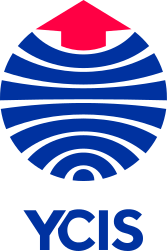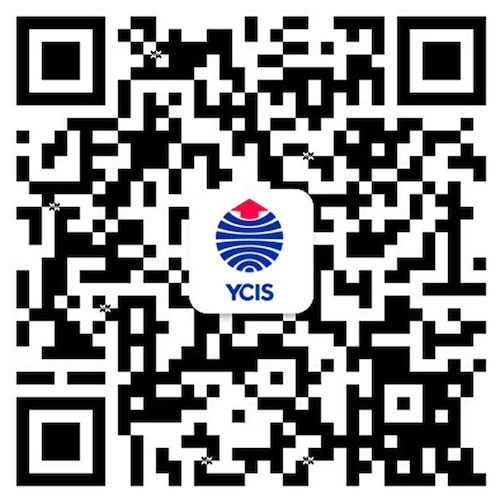Go Back
News
News
Full 'STEAM' ahead!
News
16 Jul, 2021
10 : 00
Throughout this year our students and teachers have been participating in STEAM activities leading to two full days of learning across the school, but what is STEAM and why is it useful for students?
STEAM is an educational area that aims to spark an interest and lifelong love of the arts and sciences in children from an early age. Science, Technology, Engineering, the Arts and Math (STEAM) all involve creative processes and use more than one method of inquiry and investigation.
STEAM empowers teachers to use interdisciplinary learning to foster an inclusive learning environment in which all students are able to engage and contribute. Through this holistic approach, students are able to exercise both sides of their brain at once.
Within their own classes, across the sections of the school and with older and younger students working together, there was a wealth of opportunities to develop the skills that will prepare students to become innovators in an ever-evolving world.
By including STEAM in the curriculum, this supports the students to take thoughtful risks, engage in experiential learning, persist in problem-solving, embrace collaboration, and work through the creative process. These are the educators, leaders, and learners of the 21st century. From making a den and an ice garden in ECE, to making lava lamps and box cars in Primary, along with solving puzzles and creating wind-up cars in Secondary. Students also had the opportunity to work with a ‘House Buddy’ to create some amazing pieces of natural art!
Over the two STEAM days and across the academic year, our students had many and varied opportunities to develop the key skills used in STEAM education:
Creativity
Teaching students to think ‘outside of the box’ causes them to approach tasks differently. They learn to be creative by utilizing a wide variety of thought processes and skills throughout a classroom day.
Confidence
Approaches grounded in visual art, drama, and creative writing give students hands-on training in delivering a message and doing so with confidence. When combined with science, mathematics and technology-based topics, students learn to tackle tough subjects with self-assurance.
Problem-Solving
Learning new skills, whether technical or artistic, teaches students to approach new, potentially challenging situations with a positive attitude. Using STEAM, teachers can help students solve problems creatively using a variety of methods.
Collaboration
STEAM classrooms are highly collaborative, with students working together to grasp new information using multiple access points. They learn to share responsibility and compromise by working on group projects that incorporate multiple disciplines.
We look forward to developing these skills and more next year through both STEAM and our curriculum subjects. What a wonderful way to end the term and what great preparation for developing the skills needed to stand out at university and beyond.












